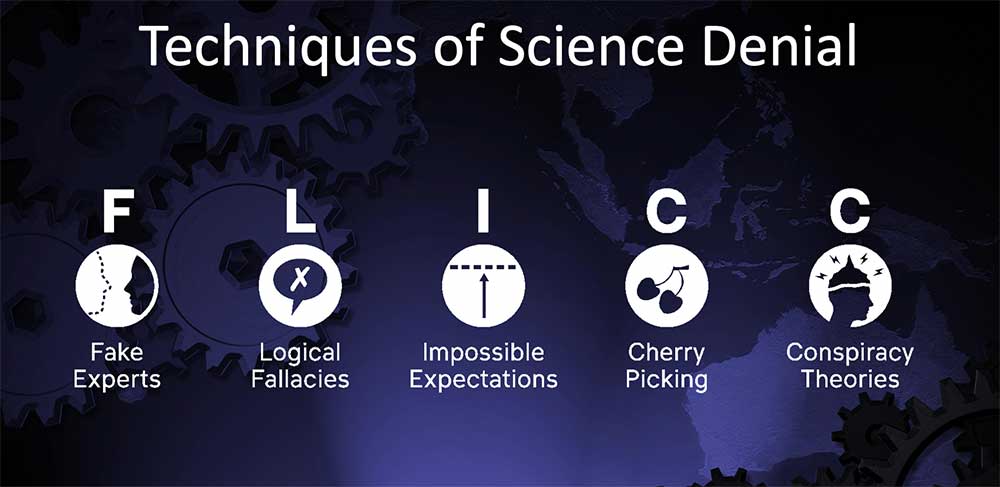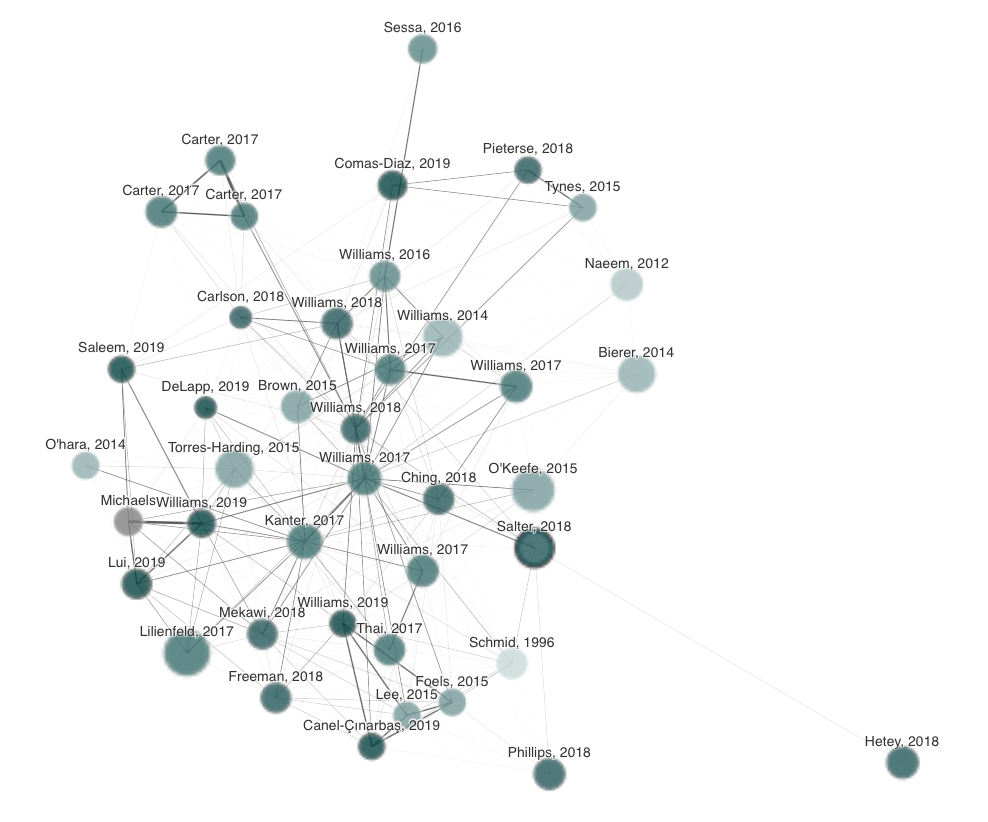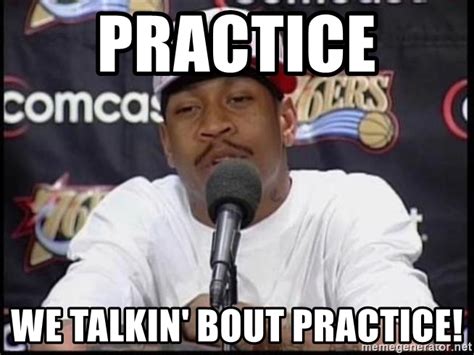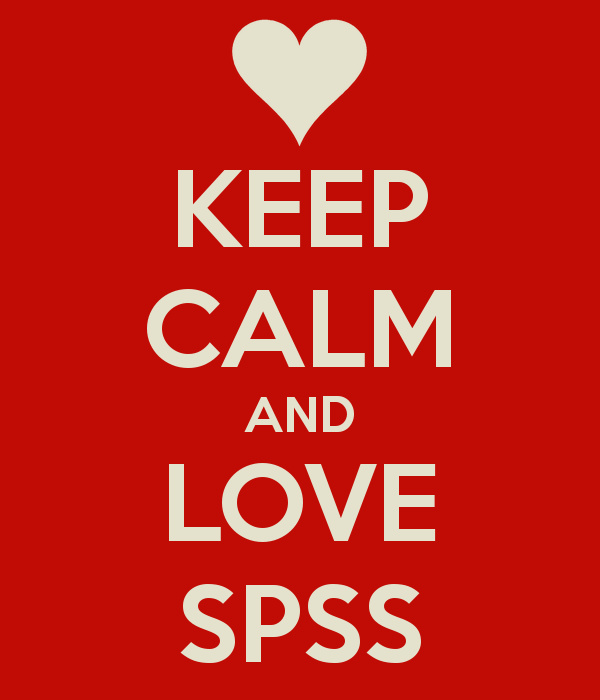The 5 Techniques of Science Denial
In the article “A history of FLICC: the 5 techniques of science denial” places five strategies (Fake experts, Logical fallacies, Impossible expectations, Cherry picking, and Conspiracy theories.) into a the acronym FLICC. This article, elaborates on many other techniques within these broad 5 categories, including examples of each. The article includes links to a three […]
The 5 Techniques of Science Denial Read More »






